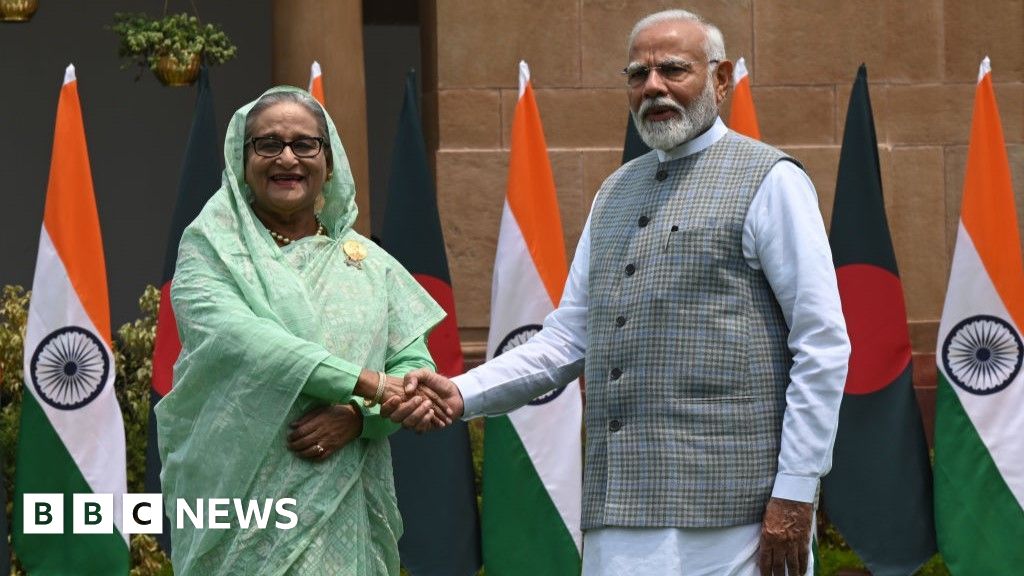‘The Great Elephant Migration’ traveling exhibit imagines a world where humans and wild animals share space
The 100 elephant sculptures were made by Indigenous artists across southern India. Each figure is an anatomically perfect re-creation of a real, wild elephant. The post ‘The Great Elephant Migration’ traveling exhibit imagines a world where humans and wild animals share space appeared first on The World from PRX.

On a hot summer afternoon, dozens of kids and adults alike admired a herd of life-size, sculptural elephants propped along the Cliff Walk in Newport, Rhode Island.
People could touch the figures — as long as they didn’t climb on them or pull on their tails.
For one young girl named Aviana, the exhibit was inspiring.
“I want to go and see the real, real elephants” — the ones that make the fun noise, she said.
Ruth Ganesh is the co-founder of “The Great Elephant Migration,” a traveling art exhibition of 100 elephant sculptures made by Indigenous artists across southern India, which are on view in Rhode Island through August. From there, the herd will move on to New York City before heading to other US cities throughout the coming year.
The elephants, Ganesh said, are “anatomically perfect re-creations of real, wild elephants.”

Each sculpture takes a team of 10 people a few months to build. They’re made of hard plant stems that look similar to bamboo sticks and follow the animal’s natural curves.
The herd is meant to make people smile, Ganesh said, but it also comes with a message: “Human race, share space. They are inspiring human beings to imagine a world where you have wild animals roaming around very close by, and what a magical version of the world that is.”
Tarsh Thekaekara is a researcher involved with the project who is based in the Nilgiri Hills in southern India.
He said that people across the world — including in India — do a remarkable job of coexisting with elephants.
“The key to coexistence, in some sense, is to share space across time. Like in the night, when people are not active, the elephants become more active.”

Elephants come close to houses at night and are mostly peaceful.
Thekaekara said that this coexistence is being threatened, though, by the very material that “The Great Elephant Migration” sculptures are made out of — an invasive species called lantana.
“It’s toxic, so no animals can eat it,” Thekaekara said, adding that only the leaves are toxic, not the stems used in the art exhibit. “Because nothing can eat it, it completely takes over and displaces all the native vegetation, so there’s nothing left for native animals to eat.”
That forces animals — including elephants — out of the forests and into more conflict with people. They eat crops, damage homes and can be violent.
The sculptures, Thekaekara said, not only draws awareness to this issue but it makes a direct, positive impact by removing the invasive plants and leaving wildlife more space to roam.
Thekaekara said that’s what people in South India want.
“Elephants are considered a god. It’s one of the gods that is worshipped across India.”
Locals even name the ones in their town, Ganesh said, and each sculpture is designed to match a real elephant.

“They’re all named, known, loved by those Indigenous groups. And I think that’s what makes it different and special.”
Even the sculptures’ eyes are hand-painted to match the exact eye color of the elephant being re-created.
Visitors can take an elephant sculpture home for between $8,000-$22,000, and the proceeds go toward conservation efforts.
As they’re sold, the artists in India continue building new elephants so that a full herd can continue the migration.
The post ‘The Great Elephant Migration’ traveling exhibit imagines a world where humans and wild animals share space appeared first on The World from PRX.















